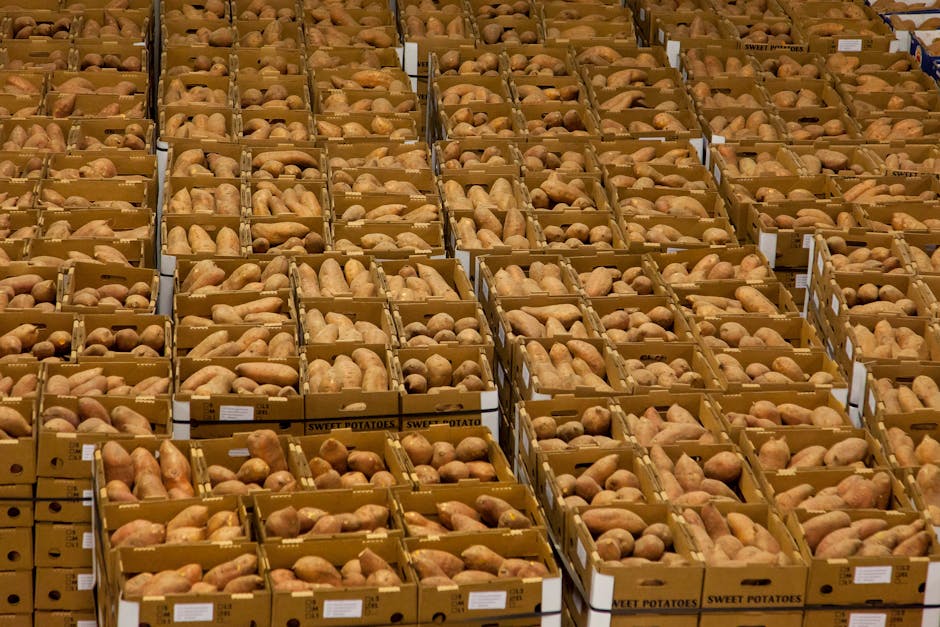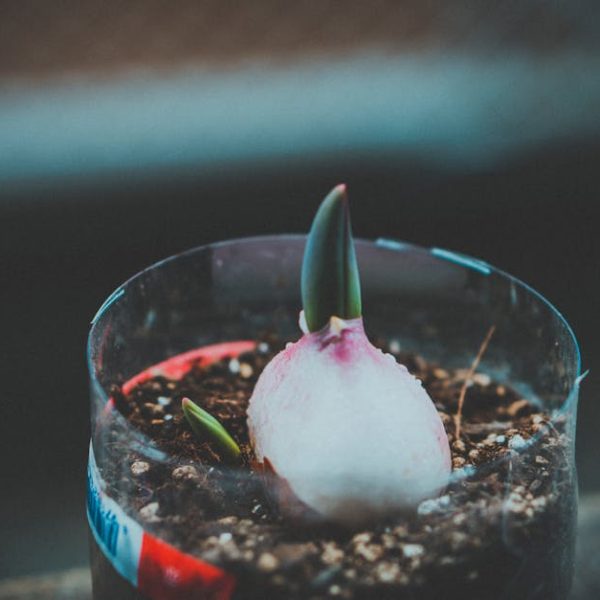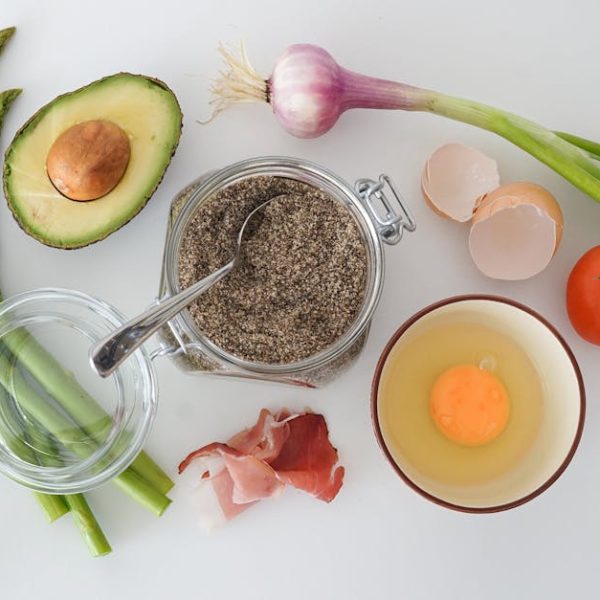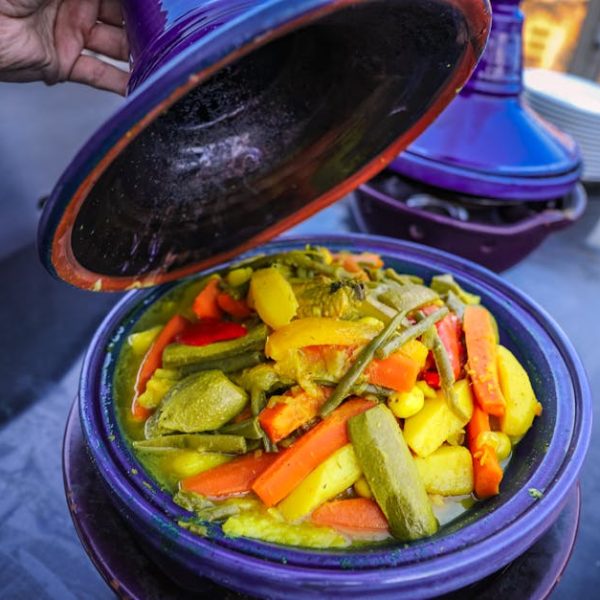Both yams and potatoes feature prominently in diets around the world, but despite their similar uses in the culinary sphere, they have distinct features that set them apart. Understanding how they differ can accentuate your food experiences and open avenues to explore new recipes.
Let’s delve into their origins, nutritional aspects, culinary uses, and health implications to shed light on their unique traits.
Origins and Distribution of Yams and Potatoes
Yams and potatoes trace their roots back to different parts of the globe. Yams can be traced back to Africa and Asia, with Nigeria leading in worldwide production. On the other hand, the humble potato has its origins in South America, predominantly in Peru and Bolivia. Today, China holds the title as the largest potato producer.
Pro Tip: While shopping for yams or potatoes, consider looking up unique local varieties. These might offer distinctive flavors and textures that standard varieties cannot.
Nutritional Profile Comparison
Despite their differing origins, yams and potatoes share a few nutritional similarities – they are both low in protein and high in carbohydrates. Generally speaking, yams have slightly more calories and carbohydrates than potatoes but also pack in more fiber and potassium.
| Yams (Per 100g) | Potatoes (Per 100g) | |
|---|---|---|
| Calories | 116 | 77 |
| Carbohydrates | 27g | 18g |
| Fiber | 4g | 2g |
| Potassium | 816mg | 429mg |
Best Practice: To gain the nutritional benefits of both, consider including them in your diet in moderation. Remember, it’s not just about which food you eat, but how much and how often.
Culinary Uses of Yams and Potatoes
The culinary uses of yams and potatoes are as diverse as their places of origin. Thanks to their starchy nature, both yams and potatoes add heft and texture to a variety of recipes. They can be boiled, fried, baked, or mashed and are frequently featured in main courses, sides, and even desserts.
From Nigeria’s pounded yam to French fries in America, and from Japan’s candied yams (Satsuma-imo) to Sweden’s Hasselback potatoes, these tubers have conquered palates globally.
Pro Tip: To make the most of their flavors, try roasting yams or potatoes at high heat – this caramelizes their sugars and brings out their natural sweetness.
The Key Differences between Yams and Potatoes
While yams and potatoes share a place in the starchy vegetable group, they decidedly differ in taste, texture, and culinary versatility. Yams have a sweeter, earthier flavor as opposed to potatoes which, while mildly sweet, have more of a neutral flavor that can marry well with various spices and herbs. Yams tend to be more fibrous and moist, while potatoes are starchier and have a fluffier texture when cooked.
| Yams | Potatoes | |
|---|---|---|
| Flavor | Sweet, Earthy | Mild, Neutral |
| Texture | Fibrous, Moist | Fluffy, Starchy |
| Cooking methods | Can be fried, boiled, baked or mashed equally well | Optimal for boiling, mashing, baking, or frying |
Best Practice: Whether you’re making French fries, an elaborate gratin, or a simple stew, consider the flavors, textures, and cooking techniques that will best complement either yam or potato.
Health Implications: Yams vs Potatoes
Yams and potatoes, apart from their culinary appeal, are also associated with various health benefits, and certain caution points. Consuming these tubers can contribute to your nutritional needs; however, their glycemic index and impact on health conditions differ.
Yams have a lower glycemic index, making them a better choice for people with diabetes. High in fiber, they aid in digestion and provide a sense of fullness, potentially helping weight management. Conversely, potatoes have a higher glycemic index and may affect blood sugar levels. But they are also rich in Vitamin C and potassium, supporting heart health and immunity.
Pros and Cons of Yams and Potatoes:
- Yams:
– Pros: Lower glycemic index, high in fiber and potassium
– Cons: Higher in calories and carbohydrates than potatoes
- Potatoes:
– Pros: Rich in vitamin C and potassium, lower in calories
– Cons: Higher glycemic index, can impact blood sugar levels
Note: These pros and cons can vary based on the cooking method and portion size. Always consider your personal health requirements when incorporating these vegetables into your diet.
Checklist for healthier choices:
- Choose yams for a lower glycemic index and extra fiber.
- Opt for potatoes for low-calorie options and a boost of vitamin C.
- Consider the preparation method – boiling or baking is typically healthier than frying.
- Pay attention to portion sizes to manage calorie and carbohydrate intake.
In conclusion, while yams and potatoes share some similar traits, they also have unique characteristics that can make them preferred choices based on one’s culinary pursuits or health requirements. Experiment in your kitchen and enjoy the diverse gastronomic experiences they offer.
Key Takeaway:
- Yams and potatoes, despite their similarities, have unique characteristics that define their culinary uses and health impacts.
- Originating from different parts of the globe, both have diverse culinary applications, from main courses to desserts.
- Yams are sweeter and more fibrous, while potatoes have a mild flavor and fluffy texture when cooked.
- In terms of nutrition, yams pack in more calories, carbohydrates, fiber, and potassium, while potatoes are lower in calories and high in Vitamin C.
- The health impacts vary; yams could be a better choice for diabetics due to a lower glycemic index, while potatoes could support heart health and immunity with their high potassium and Vitamin C content.
Remember, integrating both these tubers into your diet in a balanced manner can provide multiple nutritional benefits. Whether you’re designing a meal plan or exploring new recipes, understanding these differences can enhance your culinary journey. Happy cooking!
FAQs
Q: Can yams and potatoes be used interchangeably in recipes?
A: It depends on the recipe. Both are versatile and can often be substituted for each other, but remember they have distinct flavours and textures. Always consider these aspects and adjust the recipe as needed.
Q: Are sweet potatoes the same as yams?
A: No. While often confused, sweet potatoes and yams are different. Yams are more fibrous and less sweet than sweet potatoes.
Q: How can I differentiate between yams and potatoes in a grocery store?
A: Yams usually have a rough, scaly skin and can be larger than potatoes. Potatoes have a smoother skin and are typically more rounded.
Q: Do yams and potatoes need to be cooked before eating?
A: Yes. Both yams and potatoes are generally not eaten raw due to their tough texture and the presence of certain substances that cooking helps neutralize.
Q: Which has a longer shelf life – yams or potatoes?
A: Potatoes generally have a longer shelf life than yams. However, the longevity depends on storage conditions. Both should be stored in a cool, well-ventilated, and dark place.
Explore more food facts and cooking tips on our website, and don’t forget to share this article with your fellow food enthusiasts!






